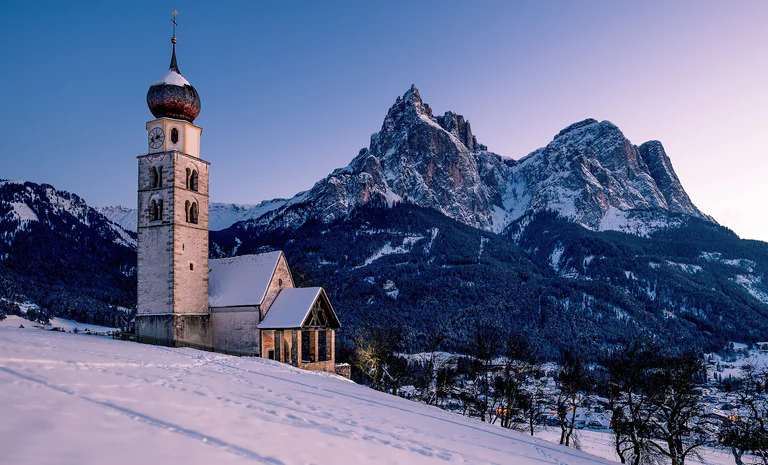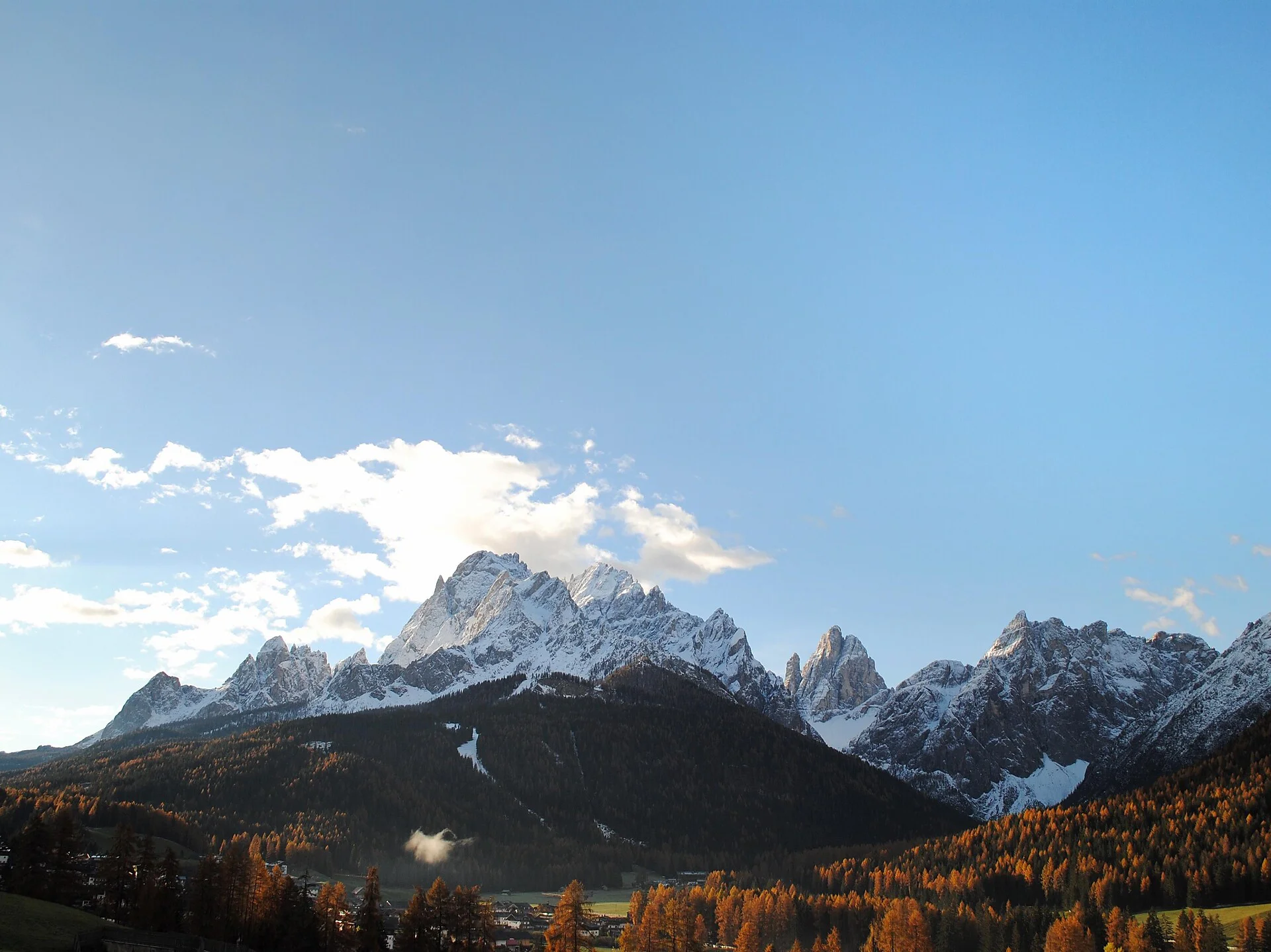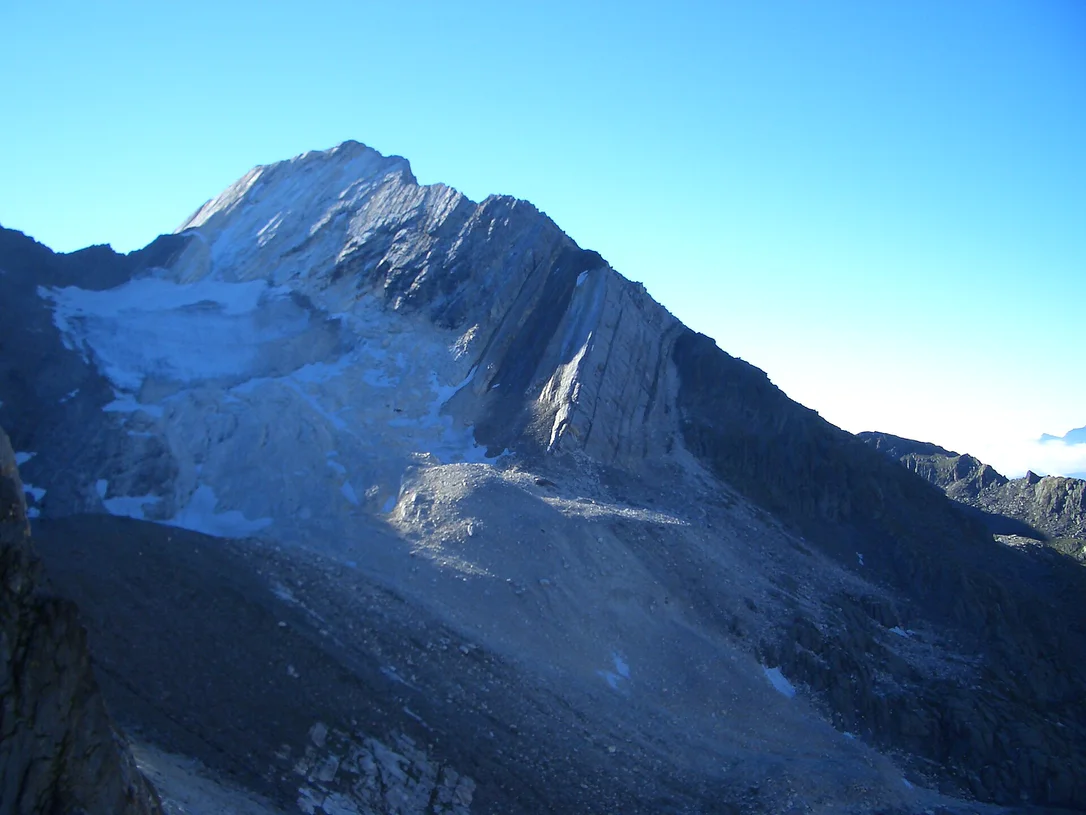The Montelbon manor house with its façade fresco (Maria Hilf) and round-arched passage is situated in the centre of the village of Partschins.
Uphill from it a medieval curtain wall still exists today with an arched gateway. The building is a protected monument.
Some time ago, during work to repair windows on the first floor of the manor, the top part of an inscription stone made of white marble was found. For a long time nobody could explain its meaning, and therefore the stone was left lying in the house unnoticed. In 1954 a second stone was found in the dairy opposite. This proved to be the second part of the inscription stone, which fitted exactly below the top section.
The inscription on the Roman era votive stone is difficult to read and incompletely preserved. For this reason, its exact meaning is a matter of interpretation. For example, it might be that the words on the so-called “beneficarius stone” refer to a private working for a financial or customs procurator. Equally, it might be about an assistant beneficarius. In the Roman Empire, beneficarii exercised a role resembling that of a police officer. The beneficarius, who was answerable to the governor of the Province of Raetia, could have been stationed in Partschins and responsible for checking the traffic, as well as for maintaining the Via Claudia Augusta. This might be proof of the possibility that the Rhaetian-Italic border ran to the south/east of Partschins. However these interpretations remain open to question. (Cf. Kaufmann, 2018, p. 50).
The Montelbon Votive Stone is on display in Merano Municipal Museum. The building is privately owned and the inside is not open to visitors.


























































































